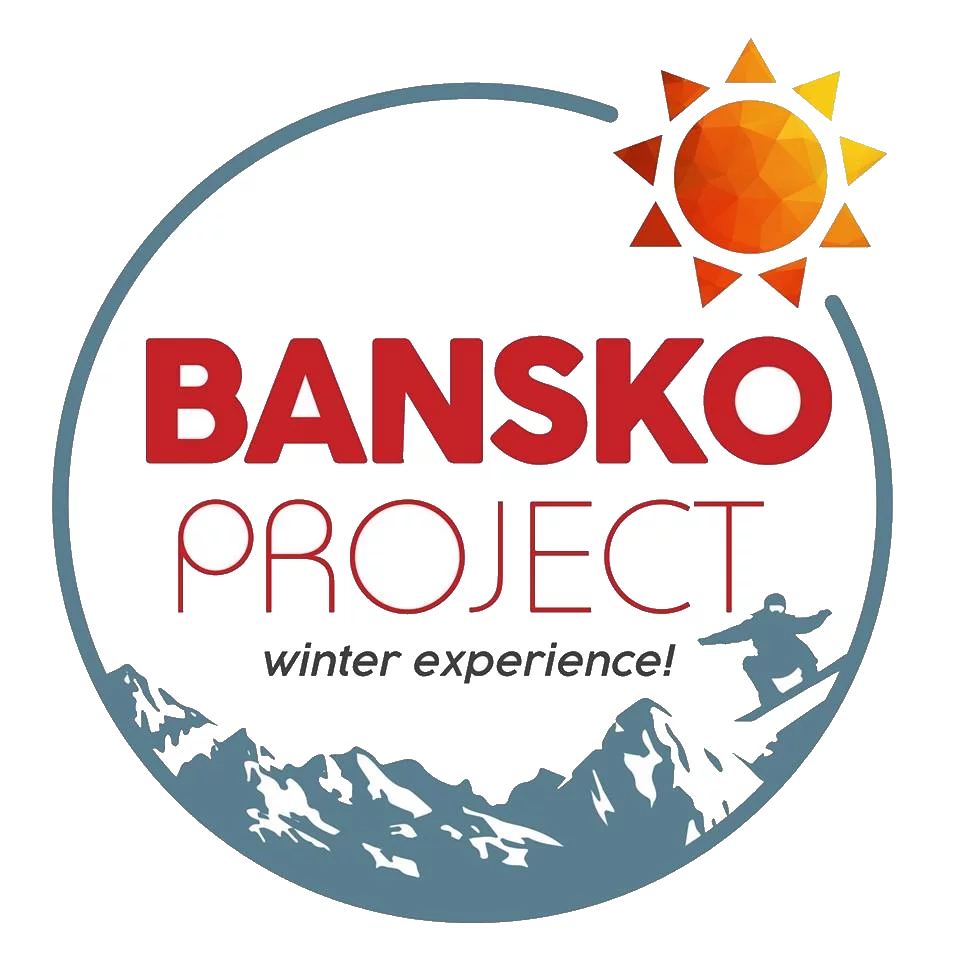The magic of the past
Το Μπάνσκο, χτισμένο στους πρόποδες του όρους Πιρίν στη νοτιοδυτική Βουλγαρία, είναι σήμερα παγκοσμίως γνωστό για το χιονοδρομικό του κέντρο και τη ζωντανή τουριστική ζωή, που διαθέτει.
Ωστόσο, πίσω από την εικόνα του σύγχρονου θέρετρου, κρύβεται μια μακραίωνη ιστορία, που συνδέει τον τόπο με την παράδοση, τον πολιτισμό και τους αγώνες για ελευθερία. Η ιστορία του Μπάνσκο είναι γεμάτη πτυχές, που εξηγούν γιατί η μικρή αυτή πόλη διατηρεί μια ξεχωριστή ταυτότητα, ισορροπώντας ανάμεσα στο παρελθόν και το παρόν.
Let's take a closer look at the interesting history of this place.
The beginnings of Bansko (15th century)
The area around Bansko has been inhabited since ancient times, with traces of Thracian, Slavic and Byzantine presence. However, Bansko itself as an organized settlement is first mentioned in the 15th century in Ottoman records.
Built at the foot of Pirin, it evolved into a small but dynamic community, where agriculture, livestock farming, small agricultural activities and timber were the main occupations of the residents.
Gradually, the settlement acquired an identity, with stone houses, which protected the inhabitants from the harsh climate and dangers of the time. The connection with the mountain played a decisive role, Pirin was not only a natural refuge, but also a source of life and inspiration for the community.
The Ottoman period and the first flourishing (16th – 18th century)
Κατά την Οθωμανική κυριαρχία, το Μπάνσκο γνώρισε οικονομική ανάπτυξη χάρη στη στρατηγική του θέση σε εμπορικούς δρόμους, που συνέδεαν τη Βουλγαρία με τα Βαλκάνια και την Κεντρική Ευρώπη.
Its inhabitants engaged in livestock farming, timber trade and handicrafts, while the wealthier merchants maintained ties with commercial centers such as Vienna and Thessaloniki. The trade involved cotton, tobacco, wine, poppy and various spices.
At the same time, religious life was kept alive, with churches and monasteries serving as centers of identity and resistance to Islamization. The economic prosperity of the 17th and 18th centuries prepared the ground for the spiritual and cultural flourishing that would follow.
The Enlightenment and the cultural renaissance (late 18th – 19th century)
Από τα τέλη του 18ου αιώνα, το Μπάνσκο μετατράπηκε σε κοιτίδα του Βουλγαρικού Διαφωτισμού. Η πόλη ανέδειξε σπουδαίες προσωπικότητες, όπως τον Παΐσιο Χιλανδαρινό, συγγραφέα της «Ιστορίας Σλαβοβουλγάρικης», έργου που ενέπνευσε την εθνική αφύπνιση των Βουλγάρων, και τον Νεόφυτο Ρίλσκι, πρωτοπόρο της σύγχρονης βουλγαρικής εκπαίδευσης, που συνέδεσε στενά την πόλη με την πνευματική της παράδοση.
At the same time, schools were established, education in the Bulgarian language was strengthened, and the arts, especially woodcarving and iconography, flourished. Merchant families financed cultural and religious activities, while the churches built at that time, with the Church of the Holy Trinity1835 being a prime example, demonstrate the self-confidence and prosperity of the community.
Old city, commercial boom, identity formation (19th – 20th century)
During the 19th century, Bansko played a role in the struggles for Bulgaria's liberation from the Ottoman Empire. Its residents actively participated in revolutionary movements, while the local community supported the national cause with resources and people.
After liberation, Bansko continued to develop as a commercial and cultural center, with a distinctive architectural character that combined stone houses with wooden elements and hidden courtyards.
Η Old Town είναι ο πιο ζωντανός φορέας του παρελθόντος. Στα καλντερίμια της ξεδιπλώνεται ένας καλοδιατηρημένος πυρήνας της βουλγαρικής Εθνικής Αναγέννησης, με σπίτια – φρούρια με ψηλούς πέτρινους μαντρότοιχους και εσωτερικές αυλές, ξύλινα μπαλκόνια, ζωγραφιστά ταβάνια και κρυφές αποθήκες/καταφύγια από την οθωμανική περίοδο.
From World War II to the socialist period (mid-20th century)
Bulgaria experienced great changes after World War II, and Bansko was no exception. The city was integrated into the framework of the socialist economy, with new forms of organization of production and social life.
Despite the difficulties, cultural tradition was preserved, while tourism began to develop timidly, as the natural beauties of Pirin attracted more and more visitors.
Bansko as a modern tourist center (late 20th – 21st century)
From the 1980s onwards, Bansko began to transform into an international winter tourism center. The creation of the ski resort and the upgrading of infrastructure put the town on the world ski map.
Today, Banskoattracts visitors from all over the world, combining modern tourism with its rich cultural heritage. The challenge remains the balance between rapid development and the preservation of the traditional character, which makes the city unique.
The Old Town functions as an open-air museum, with taverns in restored buildings, small museums, folk art workshops and quiet neighborhoods, which keep Bansko's historical imprint alive.
In conclusion
The history of Bansko is a journey from a small mountain settlement of the Ottoman period to a world-famous tourist resort. Each era has left its own imprint on the architecture, culture and identity of the town.
Today, visitors can enjoy not only the ski slopes, but also the rich past, hidden in every stone alley and traditional mansion.
Στο Βanskotheproject.gr θα βρείτε περισσότερες πληροφορίες σχετικά με τον προορισμό, τις δραστηριότητες, τα αξιοθέατα και τα διαθέσιμα πακέτα διακοπών, για να επισκεφθείτε και να δείτε από κοντά την ιστορία του Μπάνσκο.
